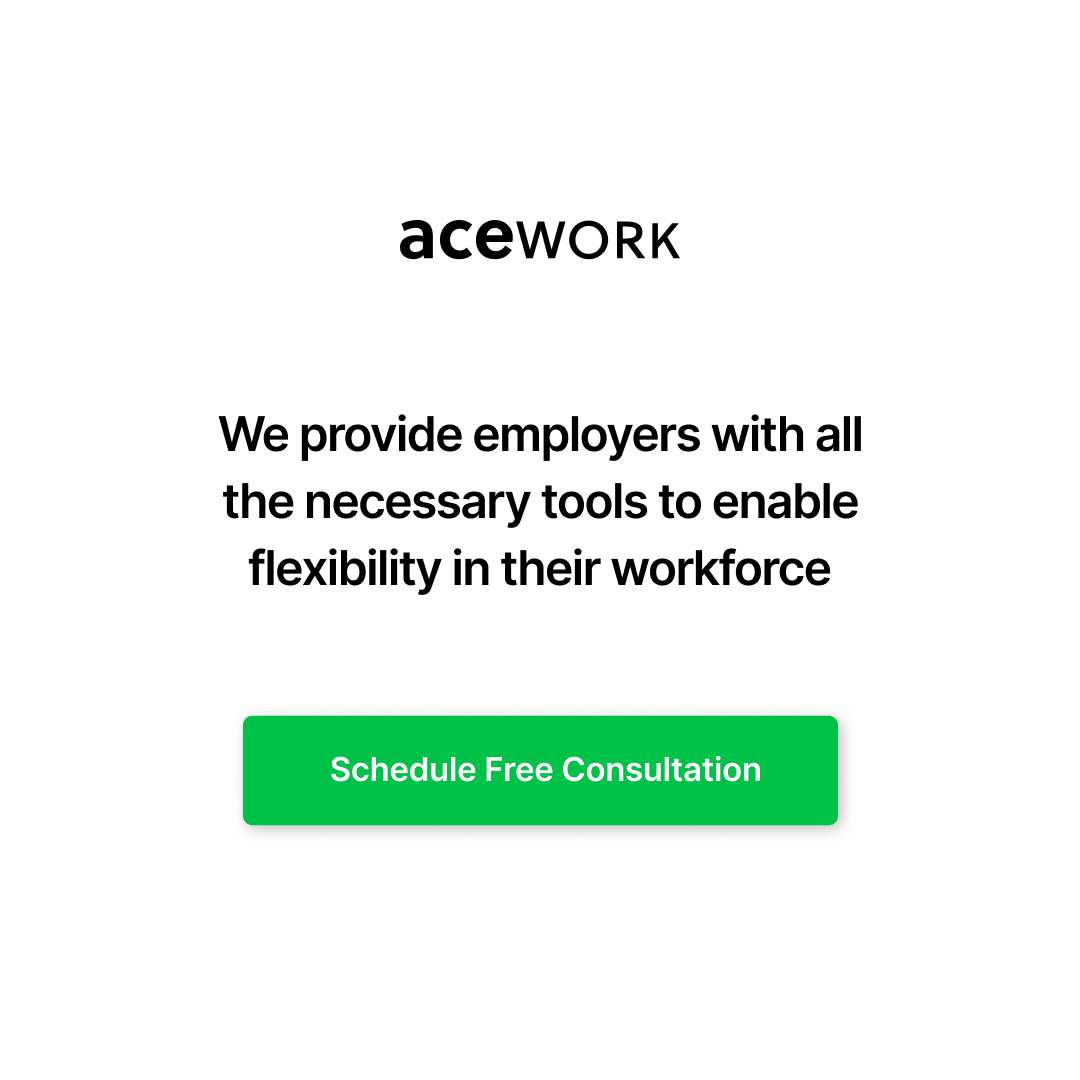According to a recent report by Buffer, 94% of professionals who started working remotely as a result of the pandemic, would like to continue working remotely, at least some of the time for the rest of their career. This number jumps at 99% for the people who were remote workers prior to COVID-19. This means many large organizations are preparing for employee expectations around flexibility in the workplace. So how do you attract talent you want to hire when more companies offer flexible work arrangements?
The Covid-19 pandemic prompted a massive shift to remote work, leading companies to quickly adapt to new ways of working. From embracing fully distributed working to flexible work setups where offices are open with limited capacity, remote work has been widely adopted at least in the short term. People were forced to become more comfortable with hybrid approaches in other areas of life, such as school, social life and even healthcare. Even so, knowledge work is the one area where it is most likely to stick.
A flexible team setup team means you get both office and remote employees. Flexible work models enable businesses to remain agile and give them the ability to adapt quickly to unexpected circumstances. On one hand, it will let them keep their operations running in uncertain times (e.g. employees in temporary quarantine, governmental measures with new spikes of COVID-19, etc.). On the other hand, the new models also have clear benefits. These include the well-being and productivity of their employees in the long run. While similar to hiring in-office employees, hiring for talent seeking flexibility requires extra consideration. To ensure success in building and leading flexible remote teams, your flexible hiring strategies need to be solid as well.
Consider these top 6 strategies to hire for flexible roles

1. Adopt flexible hiring and recruiting
Flexible hiring allows companies to take advantage of the best of both worlds. This is by maximizing the benefits of virtual and in-person recruiting while controlling unwanted variables. When looking to build a flexible workforce, utilising a flexible recruiting approach is a no-brainer. Instead of running your entire recruiting process on-site, mix it with remote recruiting strategies.
During remote interviews you will be able to gauge candidates’ ability to work in distributed environments straight away. Consider adopting remote talent assessments as well. Overall, leveraging both in-person recruiting and remote strategies leads to a better candidate experience, reduced costs and improved speed to hire.
2. Determine what you’re looking for in a candidate
Define what qualities or skills the ideal candidate should possess. Think about strategies for evaluating employees in relation to a flexible work environment. Skills like communication, self-motivation, time management, adaptability, collaboration, cultural sensitivity. There are various talent assessments that can help identify the remote readiness of applicants in different stages of the hiring process.
3. Craft a flexible job description to attract talent you want to interview
A good job description should reflect the team culture, communication style and highlight the values of the company. It should concisely help the candidate understand the job responsibilities that are expected to be performed. It’s important to highlight both hard and soft skills, but to ensure you get the ideal fit, highlight the skills and experience that are definite deal-breakers for you.
A good job description also highlights the various benefits the companies equally provide to its remote employees and on-site employees. The purpose of recruiting should also be about building credibility, which helps to attract talent in the long run. One of the best ways to achieve that is by communicating transparently about the interview process and introducing team members as a part of it. Trust and clear communication always allow to set realistic expectations for roles and keep candidates engaged through a great candidate experience.
??? Evaluate the competitive edge of your remote work organisation in 2021. Download Free Checklist ???
4. Approach your internal talent

When searching for talent, it’s critical not to overlook your current employees and their potential. According to a recent LinkedIn report, 94% of HR and hiring professionals said internal recruiting helps companies retain their top talent. Existing employees already have intimate knowledge of the product, mission, and culture, making them more than prepared to transition into similar roles within the organization. Additionally, internal sourcing ultimately cuts down on resources spent on recruiting and training.
5. Connect with talent in more creative ways
With location as less of a guiding factor, hiring teams can cast a wider net with new — and more effective — talent-sourcing methods. These methods help to reach candidates outside of the company’s usual line of vision. As well as establishing more inclusive recruiting practices in the process.
Virtual career fairs have been around for quite some time, but they’ve taken on new importance amid the Covid-19 pandemic. This approach not only allows hiring teams to reach new groups of candidates but also lets attendees have a personalized experience, all from their home offices. These fairs present an opportunity to partner with professional organizations and other groups. They’re focused on sourcing diverse talent as well as introducing new candidates to a company.
Hiring teams should always take the talent hunt to social media, especially beyond LinkedIn. Job search websites and word-of-mouth remain the most popular choices. However, one-third of job seekers use social media to learn more about a company, according to Glassdoor. Employees sharing experiences like Zoom happy hours or team-building exercises across platforms showcases a company’s culture.
Recruiter-hosted AMAs on social platforms like Reddit can answer candidates’ questions on hiring and the company’s vision for its workforce.
6. Look for the right talent not necessarily the right experience
It’s easy enough to attract talent either with the right ‘technical’ skills or a great personality fit for the team. However, attracting someone who covers both aspects equally well is more difficult. Consider hiring for trainability. Look for certain “learnable” factors, then placing the right candidate for the right role is possible.

At acework, we enable businesses to build their successful distributed workforce. We can help you find and hire experienced female professionals looking for flexible career opportunities. Our advisory creates actionable strategies for companies based on their culture, processes, and business needs. Schedule a free strategy session to start building your high performing diverse and distributed team






